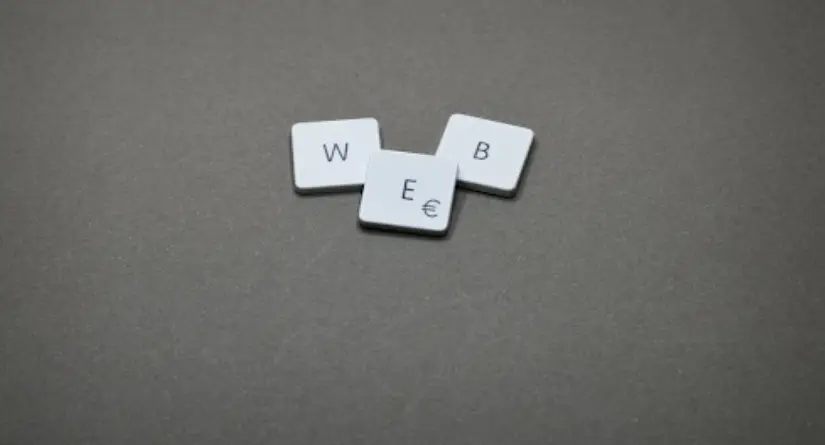Web 3.0: Future Of The Internet?
Web3 has garnered popularity as the next big thing among developers and business executives in the past year. Internet in its most recent iteration.
The basic notion of Web3 as a whole is decentralization based on blockchain technology, despite the fact that there is no clear agreement on how Web3 should be defined.
It is much more intriguing since it is related to the idea of the metaverse. We’ll try to investigate and comprehend the concept in this blog.
What Web 3.0 Actually Is?

Web 3.0 (aka web3) is the third iteration of the internet, which interconnects data in a decentralized manner to deliver a faster and more personalized user experience. It is built with AI, machine learning, and the semantic web in mind, and it uses the blockchain security system to store your data safely and securely.
Because web 3.0 will be based on decentralized protocols, the building blocks of cryptocurrency and blockchain, a symbiotic connection between these technologies is on the horizon. All of these technologies will be compatible and integrated seamlessly.
Artificial Intelligence (AI) is a significant component of data processing and user interaction in Web 3.0, making it more interactive and dynamic.
It would not be false to suggest that the combination of AI and blockchain will reshape the infrastructure and online experiences.
How is Web 3.0 the Future?

The premise behind web 3.0 is to make internet searches significantly faster, simpler, and more efficient, allowing even complicated search words to be processed at unprecedented speeds.
In Web 2.0 applications, a user must engage with a front end, which connects with its backend and communicates with its database. The complete code is hosted on centralized servers and sent to users through an internet browser.
Web 3.0 lacks centralized databases to store application data or a centralized web server to house backend logic. Rather, there is a blockchain that allows engineers to develop applications on top of a decentralized state machine maintained by anonymous internet nodes.
The logic of your apps is defined in smart contracts created by developers and deployed on the decentralized state machine. Therefore, anyone interested in developing a blockchain application runs their code on this common state machine. The front end stays nearly identical to that of web 2.0.
Benefits of Web 3.0

Web 3.0 will make the web smarter, more secure, and more transparent, resulting in faster surfing and more effective machine-human interaction.
The following are the main advantages of the semantic web, often referred to as web 3.0:
Transparency
It’s ‘open’ in the sense that it was created using open-source software developed by an open and accessible community of developers and completed in full view of the public.
Security
The network enables users to interact freely and privately without the risk of an intermediary, resulting in “trustless” data.
Accessibility
Web 3.0 is permissionless, which means that anybody, including providers and users, can participate without requiring permission from a governing organization.
Ubiquity
With Web 3.0 – everyone will be able to access the internet at any time and from any location. In the future, internet-connected devices won’t just be limited to computers and smartphones as they were in web 2.0.
Conclusion
Web3 applications already exist at the moment, but it is still unclear if the idea will become widely adopted in its present form.
Several firms have already adopted Web3 technology to stay ahead of the curve, while many others are still investigating the possibilities.
Business executives that are looking ahead must prepare themselves and their businesses to embrace Web3 when it arrives.
Categories
Have A Question?
BrainX Technologies
UNITED STATES
600 N Broad Street, Suite 5 # 409
Middletown, DE 19709
+13156365350 (Sales)
PAKISTAN
27, L-Block, Johar Town
Lahore, Pakistan
+924238913038 (Careers) | +923334686651 (Sales)
Copyright © 2022 BrainX Technologies. All rights reserved.
